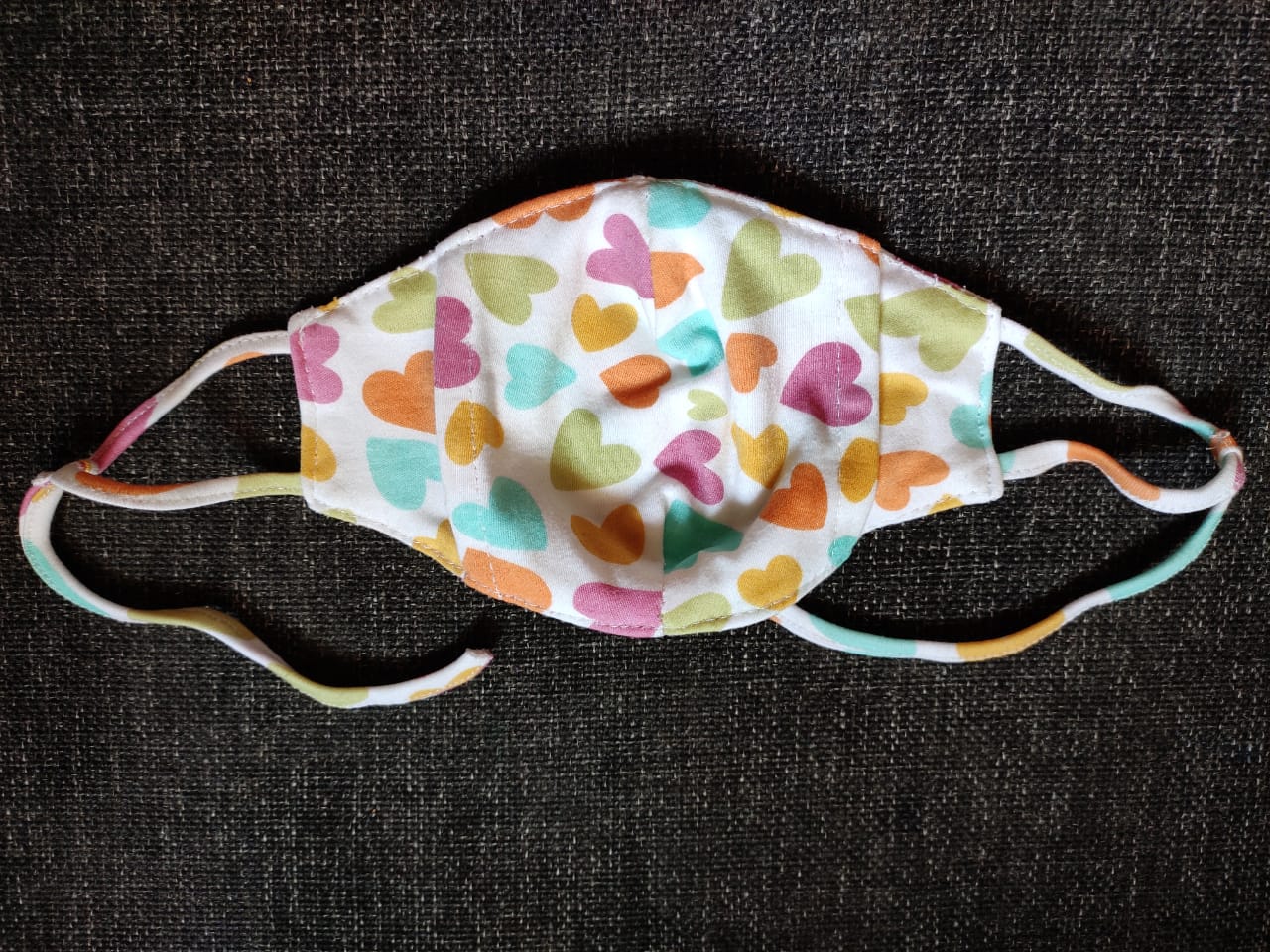WHO advice tells health authorities to consider mask recommendations for community
The World Health Organisation (WHO) has today released new advice on the use of face masks in the context of COVID-19, laying down revised guidelines for health authorities that are deciding on their recommendations for mask use by the general public.
For the first time, the guidelines are advising authorities to recommend non-medical masks for healthy people in settings where social distancing isn’t possible – such as on public transport, or where working conditions place employees in close contact with others (e.g., social workers, cashiers, or servers).
“The previous advice by the WHO for healthy people was to only wear a mask if they were taking care of a person with COVID-19,” says Professor Mary-Louise McLaws, an infection control expert at UNSW Medicine. Prof McLaws is also an advisor to the WHO Infection Prevention and Control Guidance Development Group for COVID-19 that assessed the evidence that informed the updated advice.
“Now, the WHO is telling health authorities that based on the current strength of evidence, they should recommend masks to the general public where social distancing isn’t possible – like on a crowded bus, train or plane. That is a historic step.
“The advice even applies to settings where COVID-19 prevalence and community transmission is low but where amplification of risk of transmission may occur – given emerging evidence about rates of asymptomatic transmission, that makes a lot of sense, as there could be silent, hidden cases in the community still.”
The new guidelines also recommend that vulnerable populations – people over 60 and those with underlying comorbidities – could be advised by their country’s health authorities to wear medical masks if the prevalence of infection in their community is deemed to warrant it.
“These populations are overly represented in deaths associated with COVID-19 and severe COVID-19 illness so it’s important for decision-makers to encourage the use of medical masks in hotspots or during high case numbers.”
Professor McLaws says the updated advice is the result of careful analysis by a group of global experts.
“New advice by the WHO is created by a committee, through a long and thoughtful process that considers all the best evidence – and in the absence of good evidence, a consensus of logic and knowledge of other diseases. So decision-makers and the general public can be confident that a lot of consideration has gone into the new advice.”
Timely advice for Australia
Professor McLaws says the advice is important news for Australia, too, given we’re lifting restrictions.
“Sometimes we forget we’re still in a pandemic, even though our levels of community transmission and new cases have slowed down considerably,” Professor McLaws says.
“We are going into uncharted territory – we are lifting these restrictions while we haven’t yet managed to get to zero for at least two incubation periods. Even though we do have a very low level of community spread, we have low but persistent spread in NSW and Victoria.
“These new guidelines support the benefits of mask use in crowded places, even in places with low prevalence where social distancing is difficult – people who feel like they should be wearing a mask in crowded places can be reassured by the updated advice.”
New guidance on proper usage of non-medical masks
What hasn’t changed with the new advice is the fact masks are effective only when used in combination with frequent handwashing, Professor McLaws says.
“And if you wear a mask, you really need to know how to use it and dispose of it properly,” she says.
Professor McLaws says we can teach the public how to wear a non-medical mask, how to clean it, and how to make sure they don’t place themselves at risk if they use it.
“That’s why the new advice also contains more information for the general public on non-medical mask features and characteristics, including choice of fabric, number and combination of layers, shape, coating and maintenance.”
The full updated advice can be accessed on the WHO’s website.

